Citation:
| REPRINT | 332 KB |
Date Published:
Sep 27Abstract:
Species are generally viewed by evolutionists as 'real' distinct entities in nature, making speciation appear difficult. Charles Darwin had originally promoted a very different uniformitarian view that biological species were continuous with 'varieties' below the level of species and became distinguishable from them only when divergent natural selection led to gaps in the distribution of morphology. This Darwinian view on species came under immediate attack, and the consensus among evolutionary biologists today appears to side more with the ideas of Ernst Mayr and Theodosius Dobzhansky, who argued 70 years ago that Darwin was wrong about species. Here, I show how recent genetic studies of supposedly well-behaved animals, such as insects and vertebrates, including our own species, have supported the existence of the Darwinian continuum between varieties and species. Below the level of species, there are well-defined ecological races, while above the level of species, hybridization still occurs, and may often lead to introgression and, sometimes, hybrid speciation. This continuum is evident, not only across vast geographical regions, but also locally in sympatry. The existence of this continuum provides good evidence for gradual evolution of species from ecological races and biotypes, to hybridizing species and, ultimately, to species that no longer cross. Continuity between varieties and species not only provides an excellent argument against creationism, but also gives insight into the process of speciation. The lack of a hiatus between species and ecological races suggests that speciation may occur, perhaps frequently, in sympatry, and the abundant intermediate stages suggest that it is happening all around us. Speciation is easy!
Notes:
doi: 10.1098/rstb.2008.0081
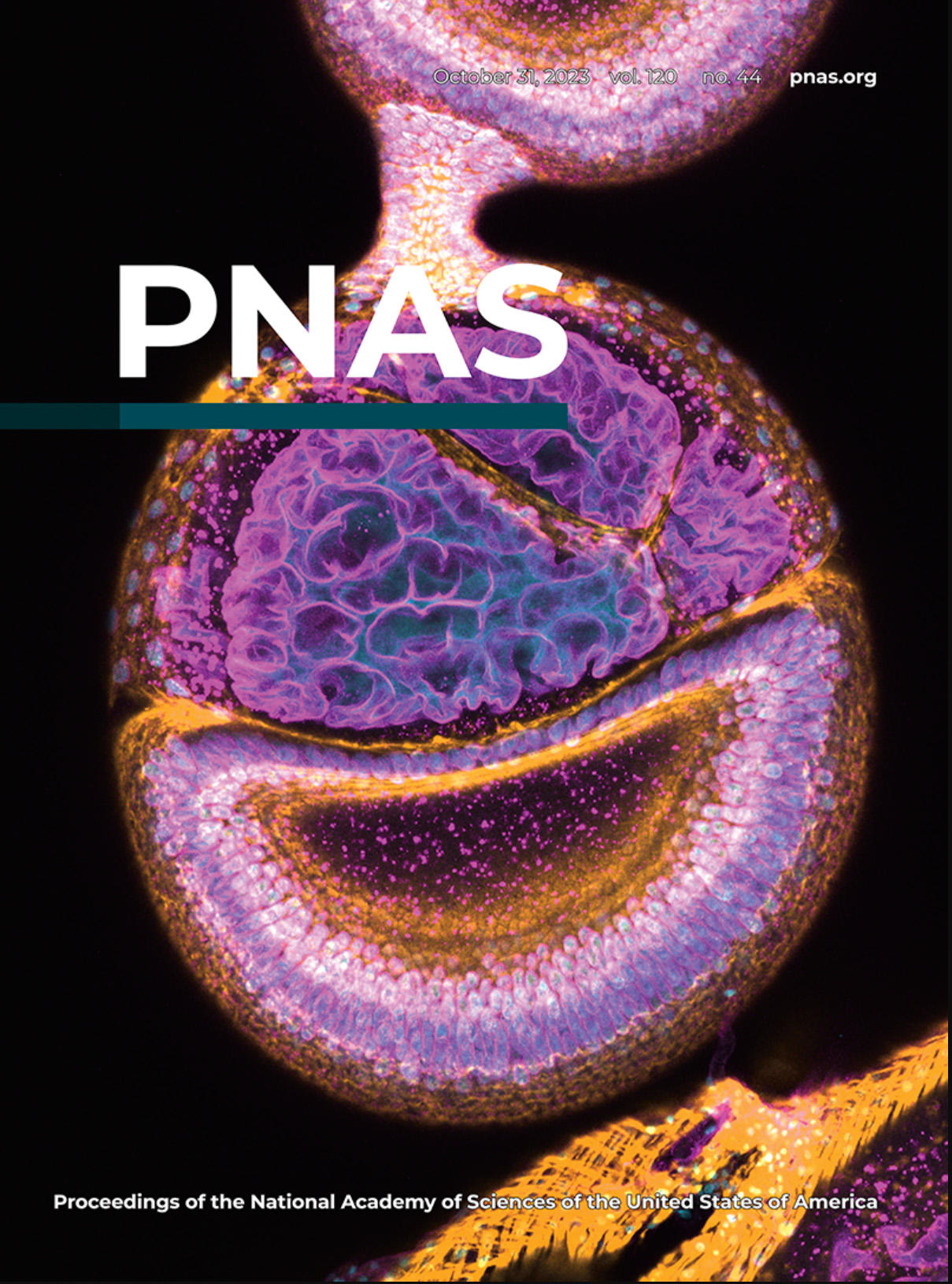
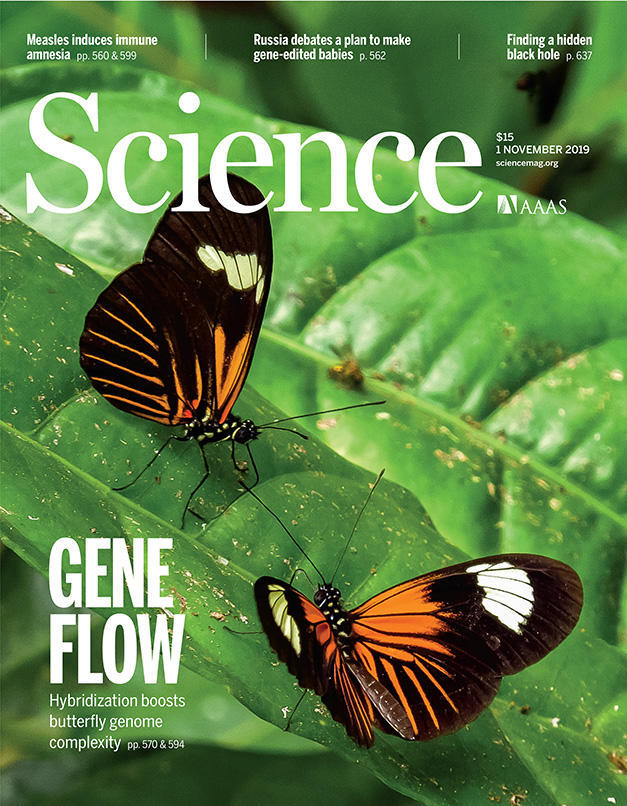
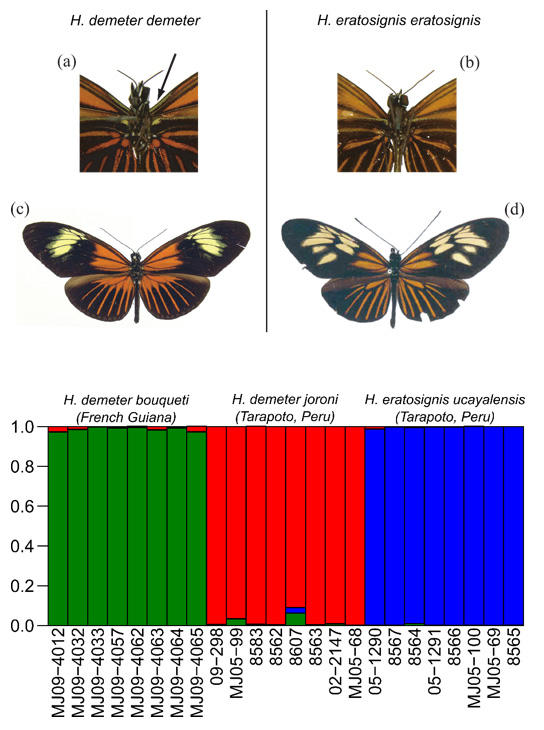

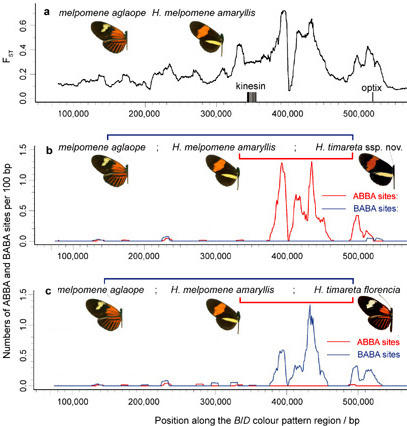
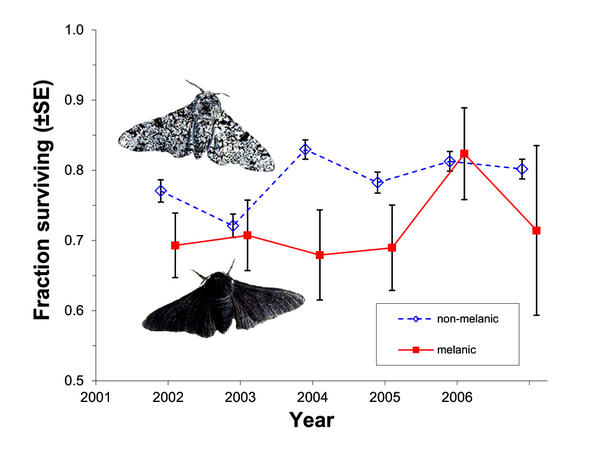 Selection against melanism in UK after the Clean Air Act.
Selection against melanism in UK after the Clean Air Act.